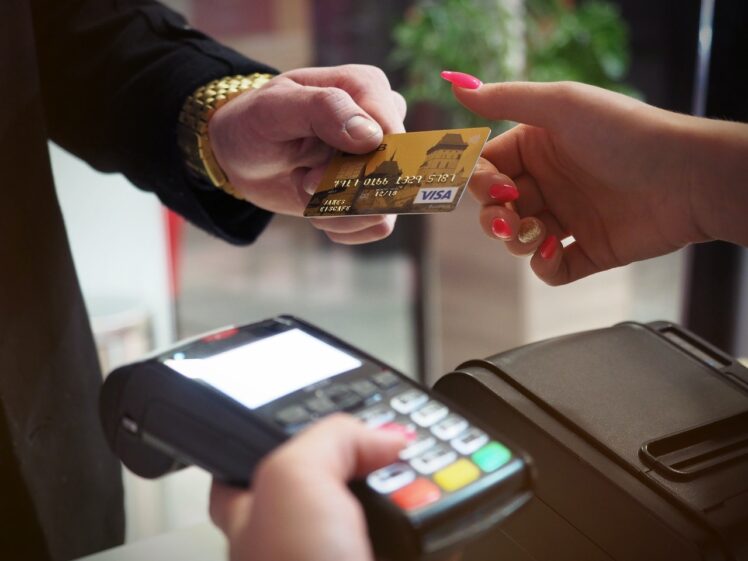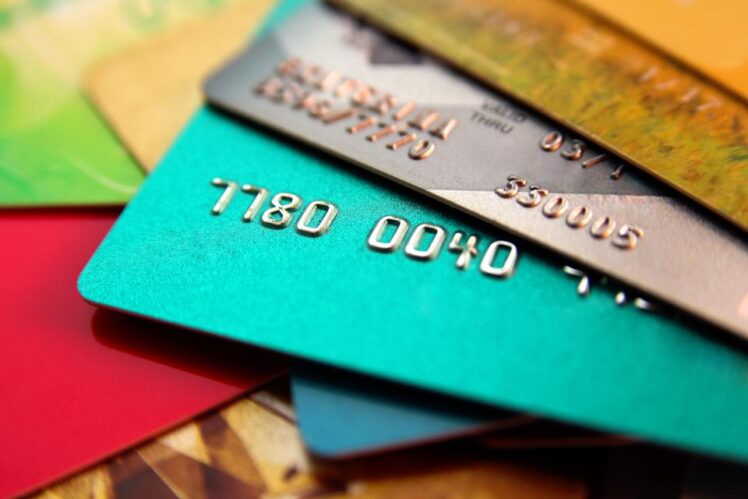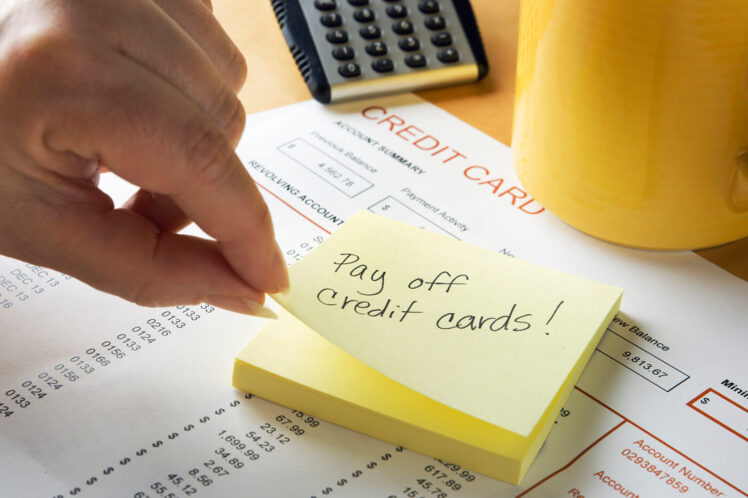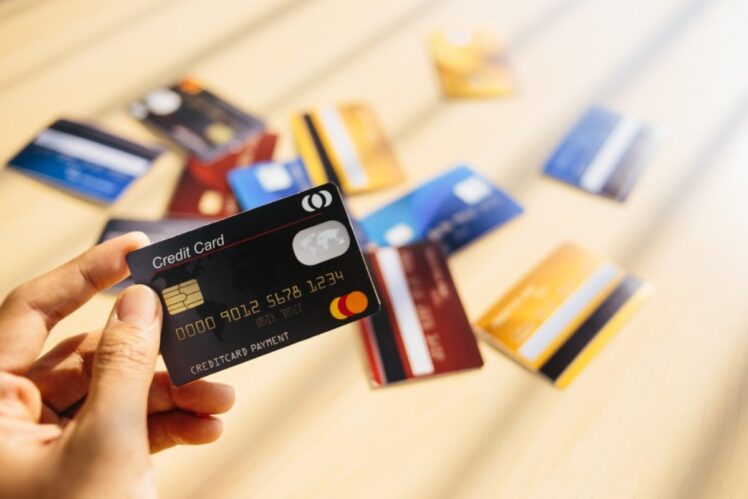Home › Business › Finance
How to Avoid Finding Yourself in Debt With Your Credit Card in 2020
Published on:
Having a credit card is an option to have resources and buy something, but it is necessary to remember that it is borrowed money that you will have to pay off every month. Many people forget that it is just one more payment option.
It is easier to incur debts with your credit card if not careful. Most of them are usually as a result of expensive purchases and regular transactions. This occurs because users who use credit cards have poor financial health and poor expense management. In the end, people end up paying more interest than the value of what they consumed. The following are ways you can avoid finding yourself in debt with your credit card:
Contents
Avoid Minimum Payments

When your statement arrives, you must know how to differentiate between minimum payments and payments not to generate interest. The first allows you to pay a part of your debt, but as its name indicates, it is the minimum, so it generates interest. The other concept is to pay off everything you spent before your cut-off date, at least that you have made the payment in months without interest.
Therefore, always choose to fully pay your debt because if you accumulate it, in the end, you would only be trying to pay the interest, in addition to the debt of what you consumed, and it could take years to pay it off fully.
Take advantage of credit card comparison websites
CreditCardCompare makes it easy for you to find the best credit card for your personal circumstance. At the very least it would help you uncover more credit card options to choose from.
Pay Before Your Payment Deadline

Another important concept that you will come across is the cut-off date, which is the last day the bank records the purchases you made with the card, from there you have 20 days to pay the debt. If you pass that deadline, interest will be earned. If you forget to pay on time and remember the same day the payment is due or the day after, call the credit company and make a payment through the phone or online. Sometimes they charge a fee for this service, but it will be much less than what the late payment penalty would cost you, and you will avoid a negative mark on your file.
Use Your Card for Larger Purchases
If you only use your plastic to pay for coffee, food, movies, etc., you could increase the amount of your debt when it is the cut-off date, since even though they are ant expenses, they accumulate without you noticing. For this reason, it is advisable to use the card for purchases of larger goods that have a longer life, such as a refrigerator, television, or computer. Also, the purchase of these products allows you to make payments in months without interest. But before you choose this instalment payment option, make a budget of all the fixed expenses that you generate per month and the income you have monthly. In this way, you will know your debt capacity.
Know the Debt Capacity

To know what your debt capacity is, some specialists suggest that on a paper or Excel sheet, the total monthly income and the fixed expenses that are assumed each month such as the payment of rent, transportation, education, among other things, be written. The amount of income must be subtracted from that of fixed expenses, and the result is what is considered net income.
Once with that result, it will be multiplied by 35%, and the resulting amount will be the maximum amount you have to be able to get into debt. With this, you will know if you can pay in instalments for that television, truck, room, or some product of great value. This formula could also be used by banks only that these institutions take information from other financial institutions and review the rating obtained in the Credit Bureau.
Reduce the Interest on Your Current Card
Some experts advise that you call your credit company and tell them that you want to cancel your card to transfer your balance to another card with a lower interest. Sometimes your company would rather lower your interest rate than lose you as a customer, but this strategy is not entirely safe and only works if you have a good customer record. Get to know if you have a positive record to determine if it’s right to make this move.
Get a Lower Interest Card

Unless you’re already paying the lowest interest on the market, you may want to transfer your balance to a card with a lower interest rate. However, you should be careful of introductory rates. These rates normally last 4 to 6 months and can go as high as 30% or more. And if you make late payments for one of your monthly installments or go over the limit, the interest can skyrocket.
Unless you know for sure that you can pay off the balance within the term specified for the initial rate, a card with a higher, but fixed interest will pay more for you. One last trap to avoid: pay attention to the credit limit that you have been granted because if you go over the allowed amount it could lower your credit score, which banks use to decide whether to grant you a loan or not.
Leave All the Cards at Home Except One
In the same way that you would not put your money in five different bank accounts, neither should you do it with your debt. Put only one card in your wallet – the one with the most advantageous interest rates and payment terms – and leave the others at home or, better yet, cut them off. Using just one card allows you to be more aware of what you are spending, and if you tend to exceed the limit of what you can spend on your cards, using a single card will help you avoid further damage. These simple tips can help you stay clear of debt when using your credit card.
Share With Your Friends
